THE RIGHT FOUNDATION FOR YOUR BUILDING
- January 16, 2015
- Articles
Hello people, it feels so good to be amongst the living this year, for those of you who had New Year resolutions I hope you are already living up to it. As for me I do not set New Year resolutions I just try to be better than before and correct mistakes I have made in the past. Anyway moving on to what we are going to talk about today, its information that might be useful to you when building your house , as for me am holding this one tight because sometimes our so called building contractors make errors and it doesn’t help matters when we don’t know much about these things.
There are different types of foundations, also your type of building, nature of the soil and environmental conditions are the major determinants of the type of foundation you will use for your building.
Here are a few types of foundations and their uses;
• Strip foundation-This is the most common type, it is mainly used where you have strong soil base and non-waterlogged areas. Most small buildings of just a floor are constructed with this type of foundation .Depending on the structural engineer’s recommendation, the depth of your foundation could be from 600mm to 1200mm mostly for small scale buildings . When the soil is excavated, a level at which the concrete will settle evenly is established, then concrete is poured this may be from 150mm(6”) thick to 450mm(18”) thick depending also on building after that block is set round the trenches at the center of foundation ,the foundation usually follows the block lines. The blocks are then laid to d.p.c level before another concrete is poured on top, this is the German or oversite concrete. This type seems to be the cheapest.
• Pad foundation-This is where isolated columns (pillars) are casted from the foundation to carry a slab at the top of the ground. This is mostly used when you want to make use of the under of building as parking space or when the other space is not conducive to have foundation. Imagine you are planning to build a house across a flowing stream and you want a situation where you can use your boat to pass under the building because the stream is under. Then you may not need to dig foundation that will cut across the river but just by applying columns (pillars) at the edge of the river like a bridge, these columns are thus isolated and the foundations are referred to as pad.
• Raft foundation-This is where you have concrete spread around your building from the base of foundation all through to the german floor/oversite concrete/ground floor slab. It is mainly used in areas where the soil are sandy and loose, you spend more on this than the other previous two most of the time. It is also recommended in waterlogged areas but with buildings of less storeys
It has a ground beam which shuts out from the foundation base and is also attached to the ground floor slab to form a network of concrete embedded round the building space. The ground beams are usually from 600mm to 1200mm for low buildings.
• Pile foundation-The most expensive and the strongest type of foundation, this requires specialist engineering to do. The soil are bored deep down the earth and filled with concrete to be able to support loads of multistory building on top. Most skyscrapers are constructed with this foundation type, a waterlogged area of high building may also require this.
It is the costliest hence it is used for high rise building mostly.
Culled from http://buildingcontractorsecrets.com/
I know some of these details are a little too technical but never mind about that the most important is to have a little idea, do have a splendid weekend.
Cheers
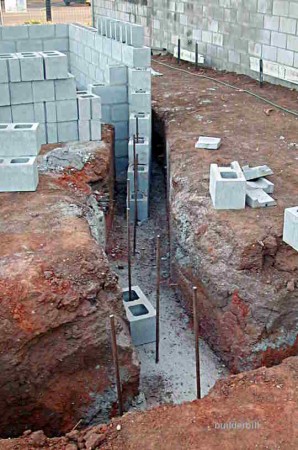
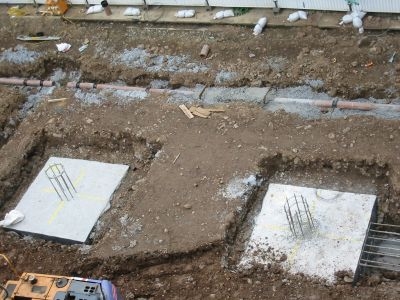
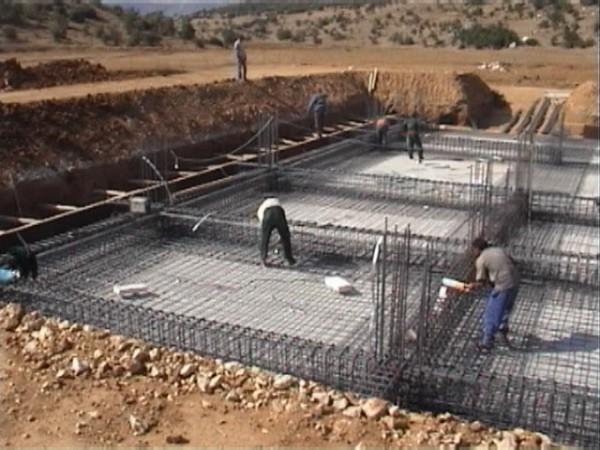
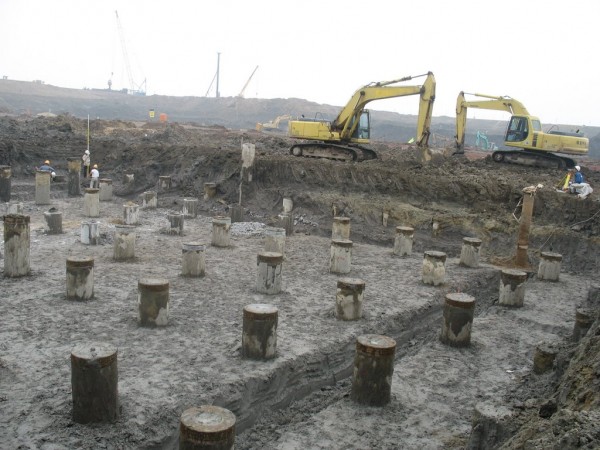
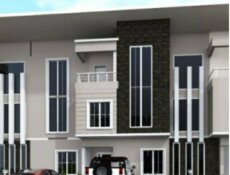
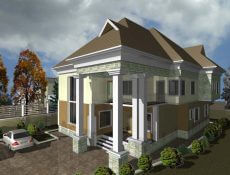
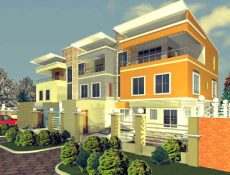
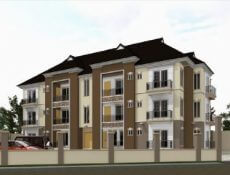
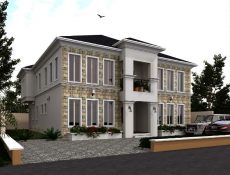
0 Comments